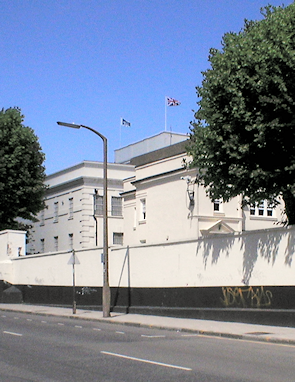Pentonville
Pentonville, Islington
An underprivileged inner-city district situated between King’s Cross and the Angel

Britain’s earliest ring road, the New Road, brought access to the land west of Islington in 1756. The development opportunity was seized by Captain Henry Penton, MP for Winchester, who began to lay out what has been called London’s first planned suburb during the latter years of the century. The Palladian church of St James was erected in 1787 (and rebuilt in facsimile in 1990 as flats and offices) and the estate was completed around 1820.
A few of the original houses survive in Chapel Market, which, as Chapel Street, marked the Penton estate’s eastern boundary. Within three decades, the city had reached out to merge with the suburb and most of the buildings that now line Pentonville Road (as this section of the New Road was renamed) date from that period onwards.
The hinterland is dominated by post-war council housing – the Priory Green estate of 1951 was among the first. Some blocks have already been rebuilt with a more humane design. Others have had elaborate security measures installed, largely to prevent usage of common areas by the drug addicts of King’s Cross.
Pentonville has the borough’s highest proportion of unemployed people, as well as the greatest number of school-age children. Bangladeshis form the largest ethnic minority – but only 6.4 per cent. Two-thirds of the population live in council flats.
